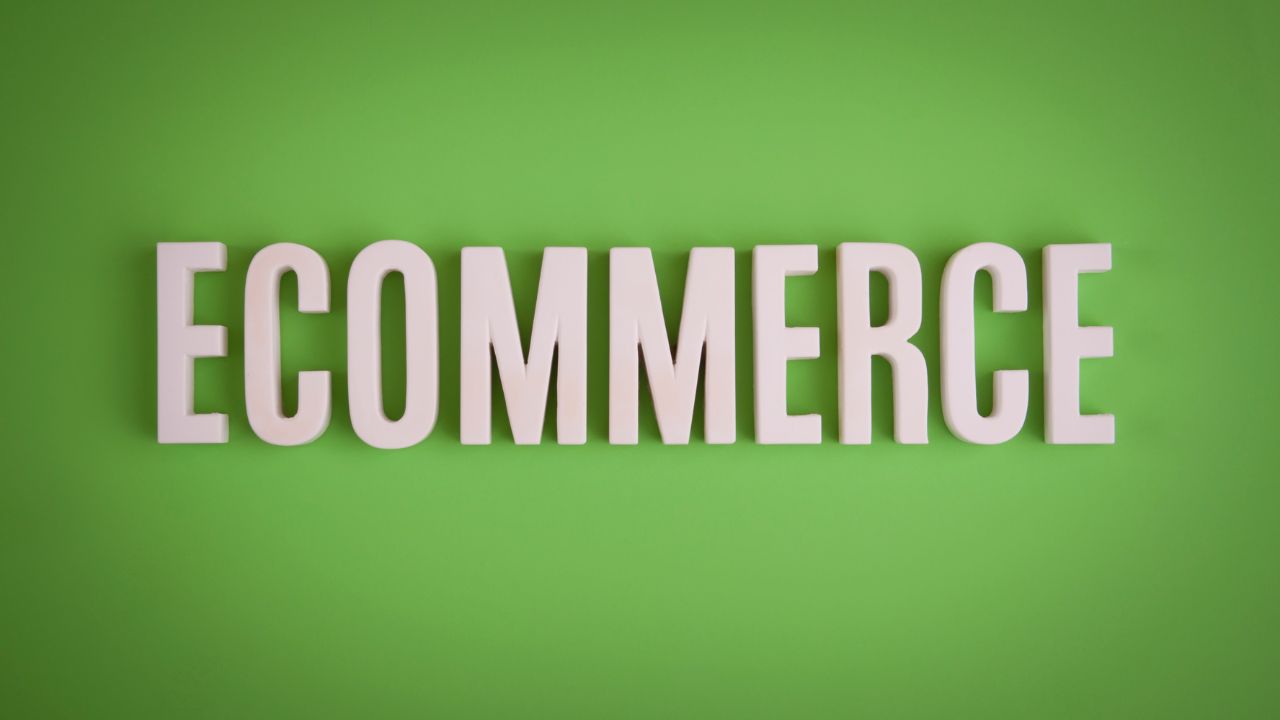Imagine walking into a physical, brick-and-mortar store. The best products are displayed at the entrance, items are grouped logically, and signs guide you to what you need. This thoughtful arrangement isn’t an accident; it’s merchandising. For online stores, the same principles apply, but in a digital space. Effective ecommerce merchandising strategies, including elements of visual merchandising, are crucial for guiding online shoppers, improving the shopping experience, and ultimately, boosting your sales.
Many online retailers focus heavily on driving traffic but neglect what happens once visitors arrive. This is a missed opportunity. Your merchandising tactics, supported by a clear brand strategy roadmap, determine whether a visitor becomes a customer or just another number in your bounce rate. This guide will walk you through proven ecommerce merchandising strategies that transform your site from a simple product catalog into a powerful sales engine. We’ll cover everything from optimizing your landing page to using customer data to create a personalized customer journey.
What is Ecommerce Merchandising?
Before we dive into specific strategies, let’s clarify what we mean by ecommerce merchandising. It’s the art and science of displaying products and offers on your website to maximize sales. It involves everything from your homepage layout and site navigation to how products appear in search results and on their individual product page. Good merchandising makes it easy and enjoyable for customers to find and purchase what they’re looking for.
When building your online business, consider integrating a brand strategy roadmap that aligns every aspect of your presentation, from product merchandising to content creation. This roadmap ensures that your merchandising decisions support overall brand goals and consistency.
Optimize Your Site Structure and Navigation
Your website’s structure is the foundation of your merchandising. If customers can’t find what they want, they can’t buy it. A logical and intuitive site structure is essential for both users and search engines.
Create Intuitive Categories
Group your products into clear, logical categories and subcategories. Think from the customer’s perspective. How would they look for a specific item? For example, a clothing store might have main categories like “Men,” “Women,” and “Kids,” with subcategories like “Tops,” “Bottoms,” and “Dresses.” This simple organization helps online shoppers navigate your store effortlessly, mirroring the organized aisles of a physical shop. Effective product merchandising here ensures the right products are highlighted in the right places.
Implement Smart On-Site Search
A powerful on-site search function is a non-negotiable tool for modern online stores. Many customers know exactly what they want and will head straight for the search bar. Ensure your search delivers relevant results quickly. Advanced features to consider include:
- Autocomplete: Suggests products in real time as the user types.
- Typo tolerance: Catches misspellings, so customers find products even with errors.
- Filtering and Sorting: Allows users to refine search results by price, color, size, or other attributes.
Optimizing your on-site search enhances the shopping experience and provides valuable customer data on what people are actively looking for.
Leverage High-Quality Visuals and Product Descriptions
In online shopping, customers can’t touch or feel the products. Your visuals and descriptions have to do all the heavy lifting. This is a core component of your ecommerce merchandising strategies and visual merchandising.
Use Compelling Product Photography and Video
High-resolution images from multiple angles are essential. Show the product in use, highlight key features, and consider adding a 360-degree view. Video is even more powerful. A short clip demonstrating the product can significantly increase a customer’s confidence and push them toward conversion.
The principles of visual merchandising—such as showcasing products in aspirational settings and maintaining consistent imagery—apply just as strongly online as they do in a physical location.
Write Persuasive Product Descriptions
A great product description goes beyond listing specs. It tells a story and sells a solution. Focus on the benefits, not just the features. Use compelling language that connects with your target audience and addresses their potential pain points. Weaving in keywords naturally can also help your product page rank better on search engines like Google. Don’t be afraid to let your brand’s personality shine through.
Consider how product merchandising communicates your unique brand positioning and helps differentiate your products from competitors.
Personalize the Customer Journey
Today’s online shoppers expect a personalized experience. Generic, one-size-fits-all approaches no longer cut it. Using customer data to tailor the journey is one of the most effective merchandising tactics you can employ.
Implement Dynamic Product Recommendations
Have you ever seen a “Customers also bought” or “You might also like” section on an online store? That’s a product recommendation engine at work. This strategy is incredibly effective for increasing average order value. By analyzing a user’s browsing history, past purchases, and what similar customers have viewed, you can display highly relevant suggestions. This not only helps with upsells and cross-sells but also makes customers feel understood.
A well-developed brand strategy roadmap ensures that your recommendations align with your overall brand message and business goals, providing a consistent experience across the customer journey.
Use Customer Data for Segmentation
Collect and analyze customer data to segment your audience. You can group customers by:
- Purchase history: New vs. repeat customers, high-spenders.
- Browsing behavior: Categories viewed, products clicked on.
- Demographics: Location, age.
Once you have these segments, you can tailor your merchandising. For example, you can show different homepage banners or promotions to new visitors versus loyal customers. This level of personalization makes the entire shopping experience more relevant and engaging.
Build Trust with Social Proof
People trust other people. Social proof is the psychological concept that people will conform to the actions of others under the assumption that those actions are correct. For online retailers, this is a powerful tool to build credibility and ease purchase anxiety.
Showcase Customer Ratings and Reviews
Displaying ratings and reviews directly on the product page is essential. A high volume of positive reviews can be the deciding factor for a potential buyer. Don’t hide negative reviews either; a mix of feedback appears more authentic and can help customers make an informed decision. Addressing negative feedback publicly also shows you care about customer satisfaction.
Integrate User-Generated Content
Encourage customers to share photos and videos of themselves using your products on social media with a specific hashtag. You can then feature this user-generated content (UGC) on your product pages or in a dedicated gallery. Seeing real people enjoying your products makes them more relatable and desirable. This tactic connects your social media efforts directly to your sales funnel and enhances your approach to visual merchandising online.
Explore New Revenue Channels With Brand Licensing
To diversify your revenue and reach new customer segments, consider brand licensing as part of your broader merchandising tactics. Brand licensing allows your products or name to be used by other businesses, giving you exposure in markets you might not otherwise reach. This strategy can complement your ecommerce efforts, expand your product assortment, and increase brand visibility, both online and offline.
Create a Sense of Urgency and Scarcity
Urgency and scarcity are classic merchandising tactics that work just as well online as they do in a brick-and-mortar store. When used ethically, they can motivate hesitant buyers and reduce the number of cart abandoners.
Highlight Limited-Time Offers
Flash sales, daily deals, and countdown timers on a landing page or product page create a sense of urgency. When online shoppers know an offer is temporary, they are more likely to make a purchase in real time rather than putting it off. Make sure the offer is genuinely limited to maintain customer trust.
Display Stock Levels
Showing low stock levels (e.g., “Only 3 left!”) can trigger a fear of missing out (FOMO). This scarcity tactic encourages customers who are on the fence to complete their purchase before the item is gone. It signals popularity and can be a powerful nudge toward boosting your conversion rate.
Frequently Asked Question
Q: What is the Main Goal of Ecommerce Merchandising?
A: The main goal of ecommerce merchandising is to create a compelling online shopping experience that guides customers toward a purchase. This is achieved by strategically presenting products, improving site navigation, and using promotional tactics to increase key metrics like conversion rate, average order value, and customer loyalty.
Putting It All Together for a Seamless Shopping Experience
The most effective ecommerce merchandising strategies do not operate in a vacuum. They work together to create a cohesive and pleasant customer journey, from the moment a user lands on your site to the final checkout process. By optimizing your site’s structure, using powerful visuals, leveraging your brand strategy roadmap, and exploring options like product merchandising, visual merchandising, and brand licensing, you can guide customers smoothly toward making a purchase.
Continuously test and refine your merchandising tactics. Use analytics to track what works and what doesn’t. The digital landscape is always changing, and the strategies that work today may need adjusting tomorrow. By staying agile and focused on your customer, you can build an online store that not only looks great but also drives significant sales.
Ready to take your digital marketing to the next level? Explore how Marketing Immersion can help you craft and implement powerful strategies to grow your business.






